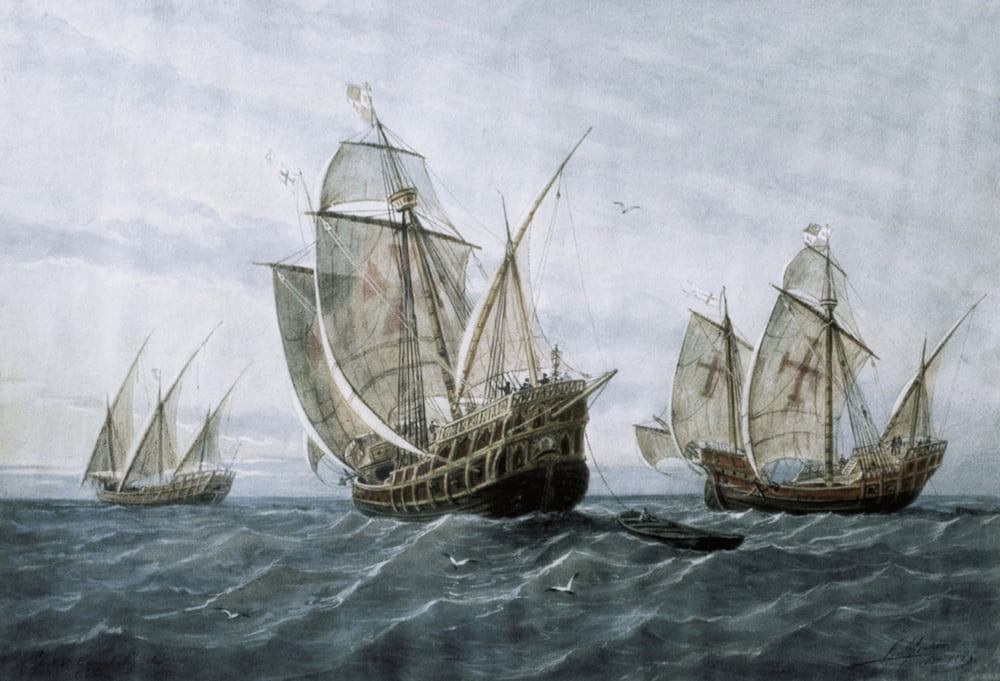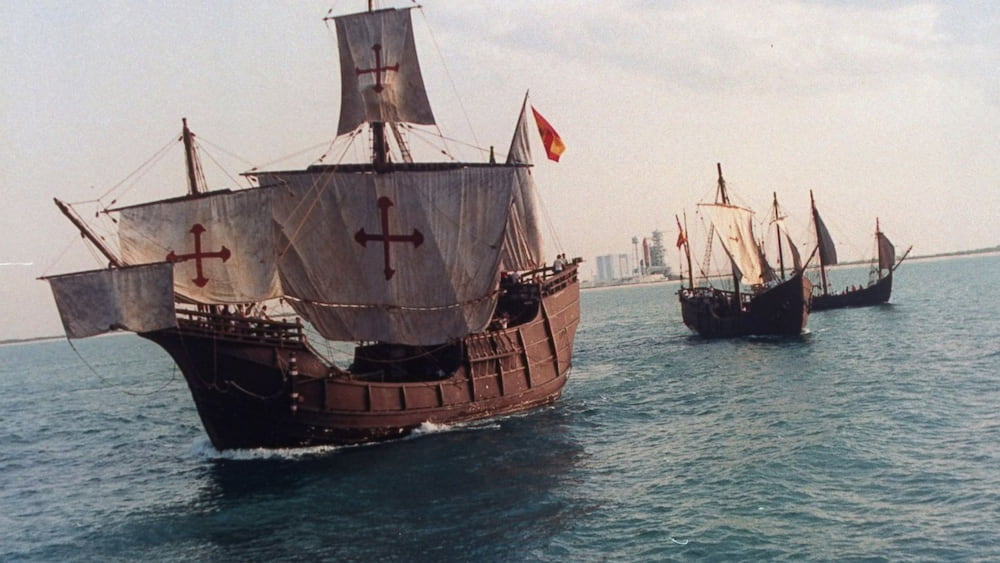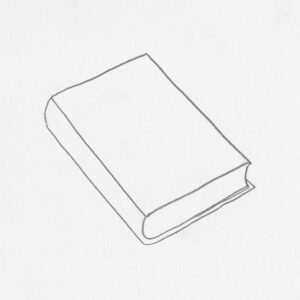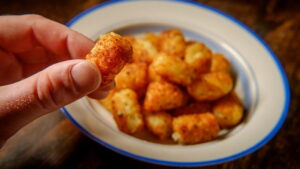
Columbus Sailed The Ocean Blue: When?
We know that Columbus sailed the Ocean Blue, but when? On August 3, 1492, Christopher Columbus set sail from Palos, which is in southern Spain, with 90 men and 3 ships, the Niña, Pinta, and Santa María.
Please read on.
Table of Contents
A Quick Look At Columbus
Italian American communities frequently hold parades to commemorate him because he was born in Genoa, Italy.
When Columbus was 13 years old, he embarked on his first voyage at sea and he adored it! He wanted to discover a different route to China as an adult. Spain agreed to pay for this journey after being convinced by Columbus. The Nina, the Pinta, and the Santa Maria were three of the ships he was the captain of. Before arriving in the New World, it took him almost two months, with stops in Cuba and the Dominican Republic.
Columbus referred to the indigenous people as Indians because he believed he was in the Indies. In March of 1493, he set sail for Spain, where the king and queen had appointed him Admiral of the Ocean Sea.
More Details About The Sail
Was the journey difficult?
Surprisingly well, it went. The fleet again weighed anchor on September after arriving in the Canary Islands. 6 and reached the Caribbean after just 33 days.
Not long ago, wasn’t there talk of a mutiny?
Yes, the sailors feared they wouldn’t be able to make it back home after the trade winds pushed the ships west.
Columbus’ response to the mutineers
With a combination of promises and threats, he subdued the rebels. Land was sighted a few days after the complaining started.
Where was he?
He had landed on an island that could have been Gran Turk Island, San Salvador Island, Samana Cay in the Bahamas, or another island, hoping to be on the outskirts of Asia.
What about the natives Columbus called “Indians?”
They lived in peace and worked in agriculture.
How was he treating them?
Six of them were kidnapped to act as his guides, and the rest were to be converted and made into slaves for God and Spain, he planned.
Did he establish a settlement?
No, he restarted his voyage in order to continue looking for China and Japan, eventually making landfall on Cuban soil.
What did they find?
They observed locals igniting particular herbs and taking a whiff of the smoke before realizing it was tobacco.
He established a settlement when?
After navigating the Windward Passage, he arrived at an island he named Espagnola (Hispaniola), which is now made up of Haiti and the Dominican Republic. Once this was finished, he set sail for his house.
When did he arrive?
On March 14, 1493, he arrived in Palos with two of his three ships. Off the coast of Haiti, the Santa Maria had become lost on a reef.
A second journey came next. When did it start?
On September 1, this expedition departed. 5, 1493, with 17 ships carrying 1,500 men and domestic animals, tools and supplies for permanent colonization. On November, they arrived there. 16. The fleet arrived in Hispaniola a few days later, much to everyone’s surprise.
What happened?
Native Americans had destroyed Fort Navidad and massacred its entire garrison because of the Spaniards’ egregious mistreatment of them. Columbus sailed and landed in Jamaica after reestablishing the colony, only to sail back and discover Hispaniola experiencing new upheaval.
How did he handle it?
The natives were subdued, prisoners were rounded up and sent to Spain to be sold as slaves, and a harsh system of native exploitation was put in place. He left for Spain on March 10, 1496.

Which Brings Us To The Third Voyage?
The first day was May 30, 1498. Trinidad was reached on July 31 by the fleet. On Aug. 5, he and his men made landfall on the coast of Venezuela, where he realized he had come upon “a very great continent, until today unknown.”
So the third voyage was a success?
No, Columbus discovered chaos when he returned to Hispaniola. He was chained to a frigate sailing to Spain by a new governor who had taken his place. When he arrived, Ferdinand and Isabella fixed it, but his standing never fully recovered.
Even So, A Fourth Voyage Took Place
Yes, despite the disappointing outcomes. He was completely destroyed by the experience of being shipwrecked in Jamaica with his men. On November 1, he left for Spain, broken in both body and spirit. 7, 1504. In his final years, he devoted himself to securing the political and economic privileges he believed he and his men should have. He passed away on May 20, 1506, prosperous but without the accolades he desired.
Columbus Day
In 1892, on the occasion of the holiday’s 400th anniversary (Oct. 12, 1492 — that Christopher Columbus “discovered” America: In 1968, Congress decided that Columbus Day would become a recognized federal holiday starting in 1971 and be observed on the second Monday of October.
Final Words
Thank you for reading.


